Our Story
Founded in 1977, CMA has continually evolved to meet the needs of a changing chamber music field.
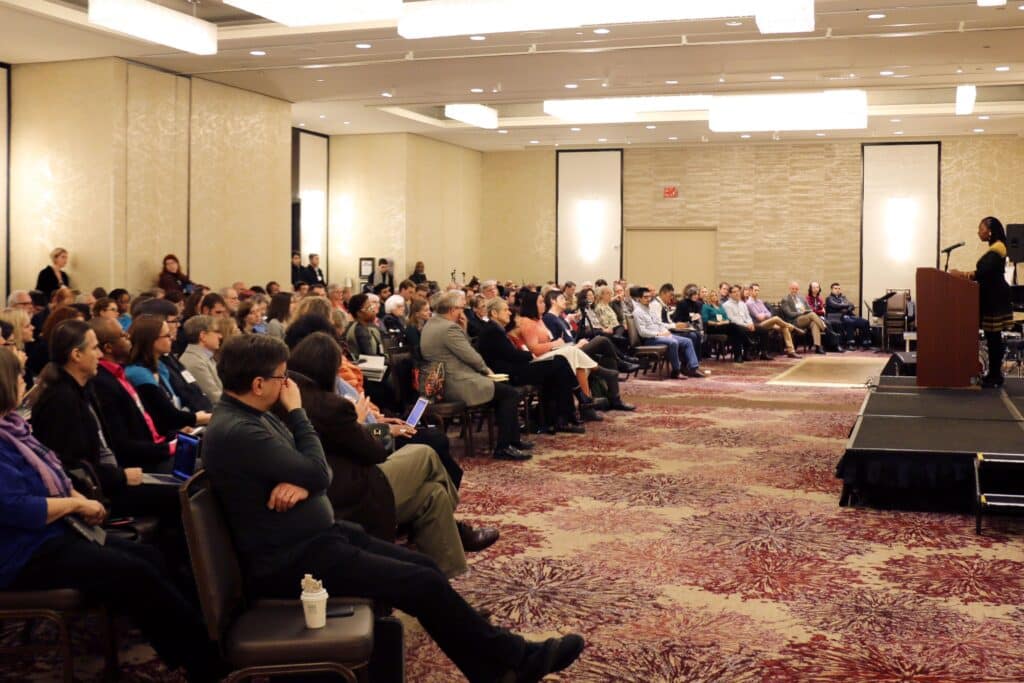

CMA's History
CMA was founded more than forty years ago by a small group of musicians determined to create a more sustainable chamber music field. In the years since, the organization has grown dramatically, expanding both its offerings and its membership to be more inclusive, wide-reaching, welcoming, and equitable.
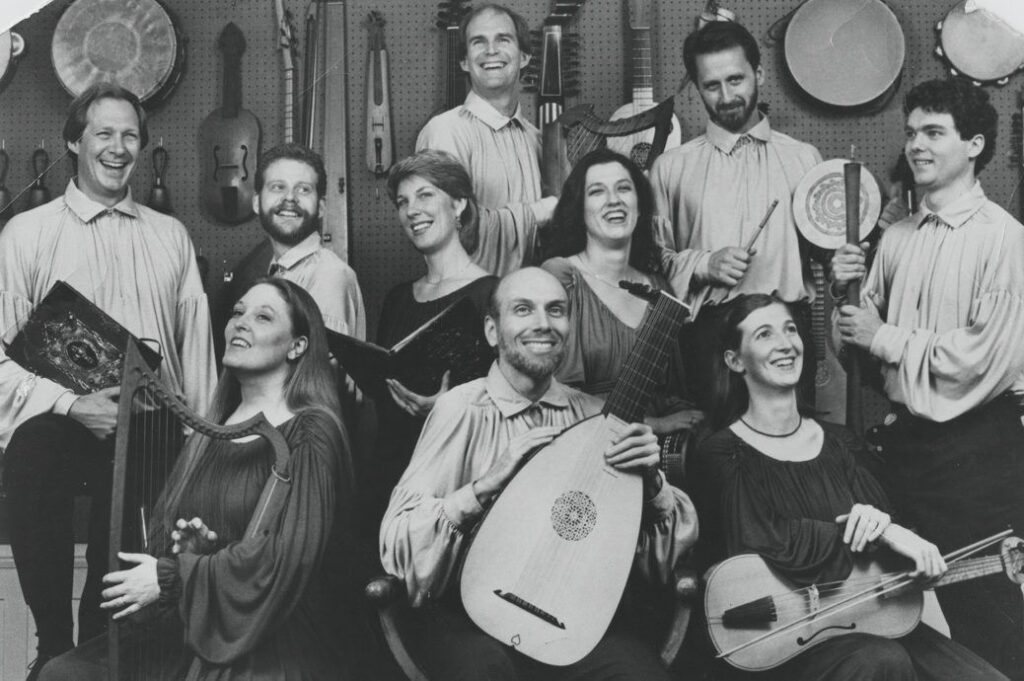
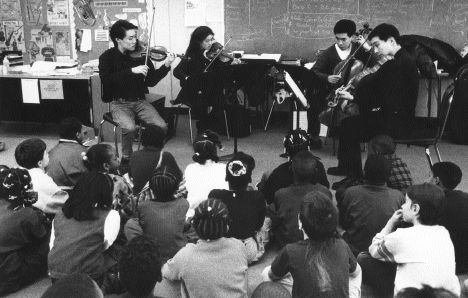
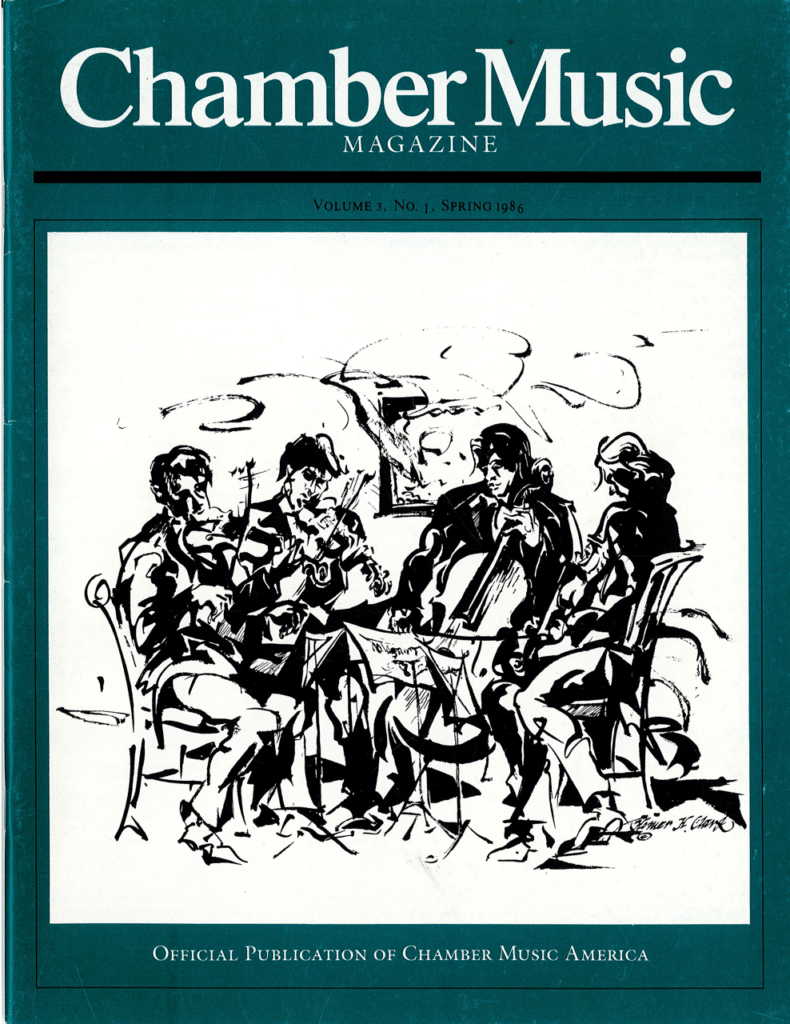

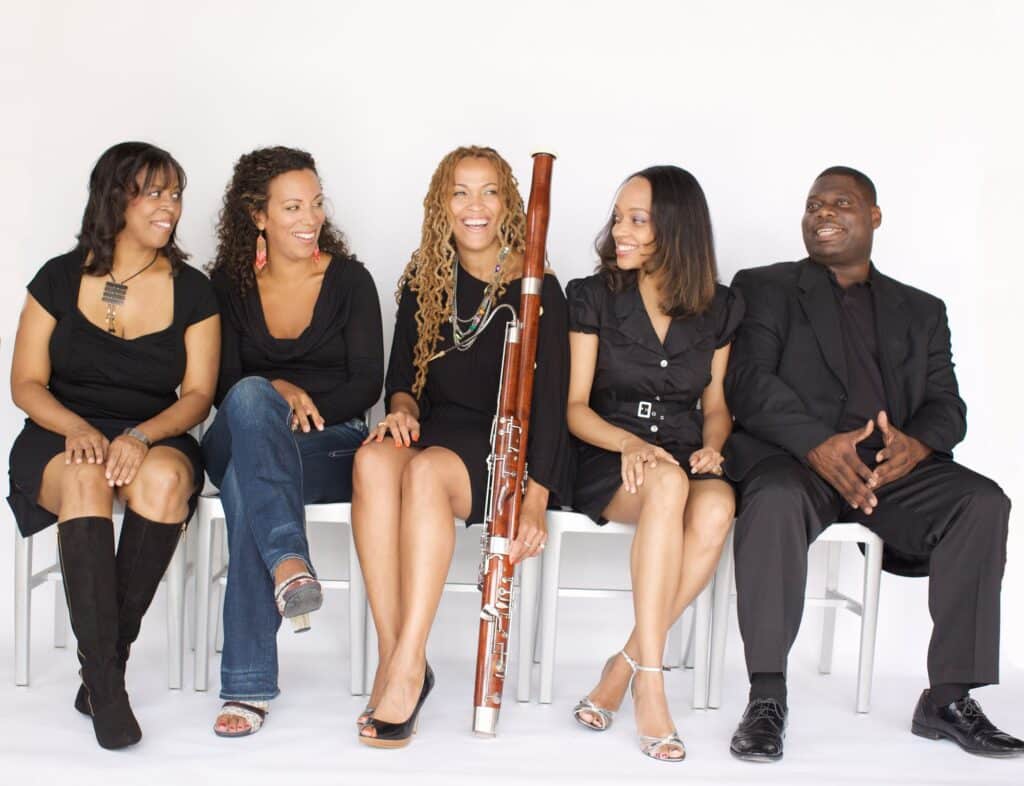

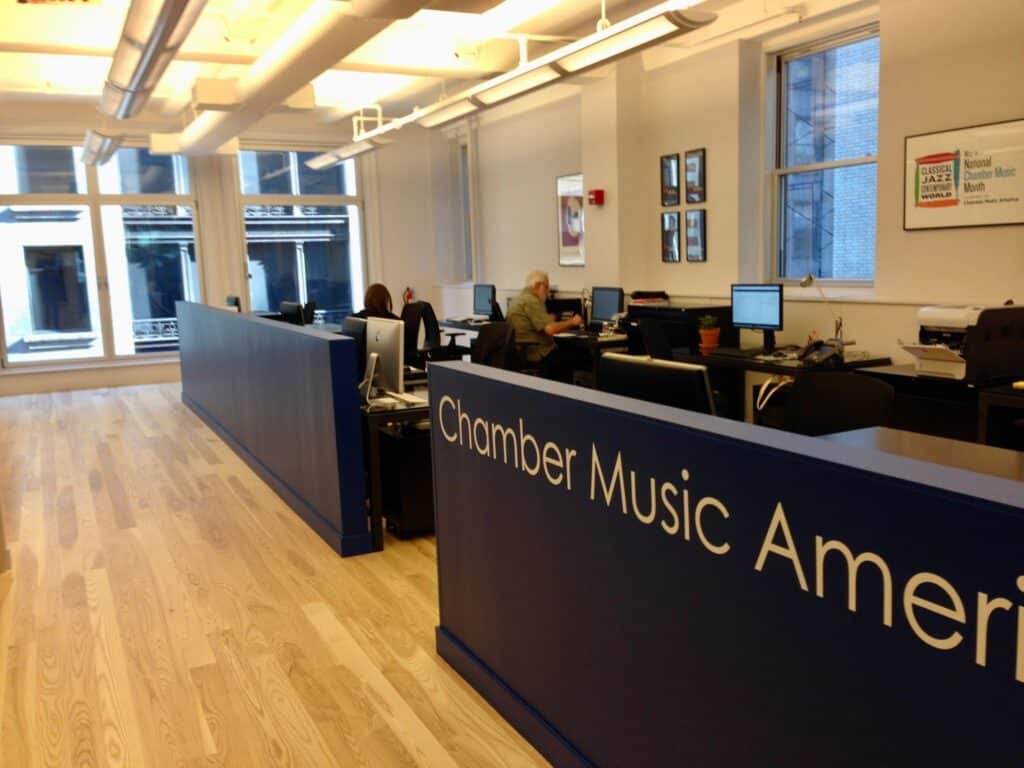
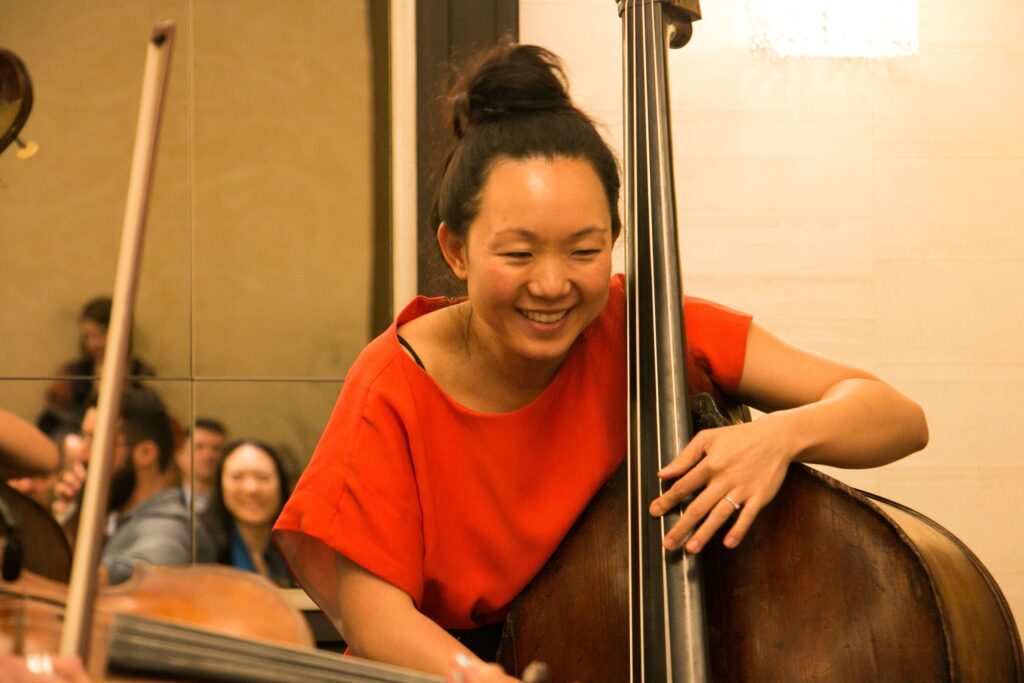
Our Mission
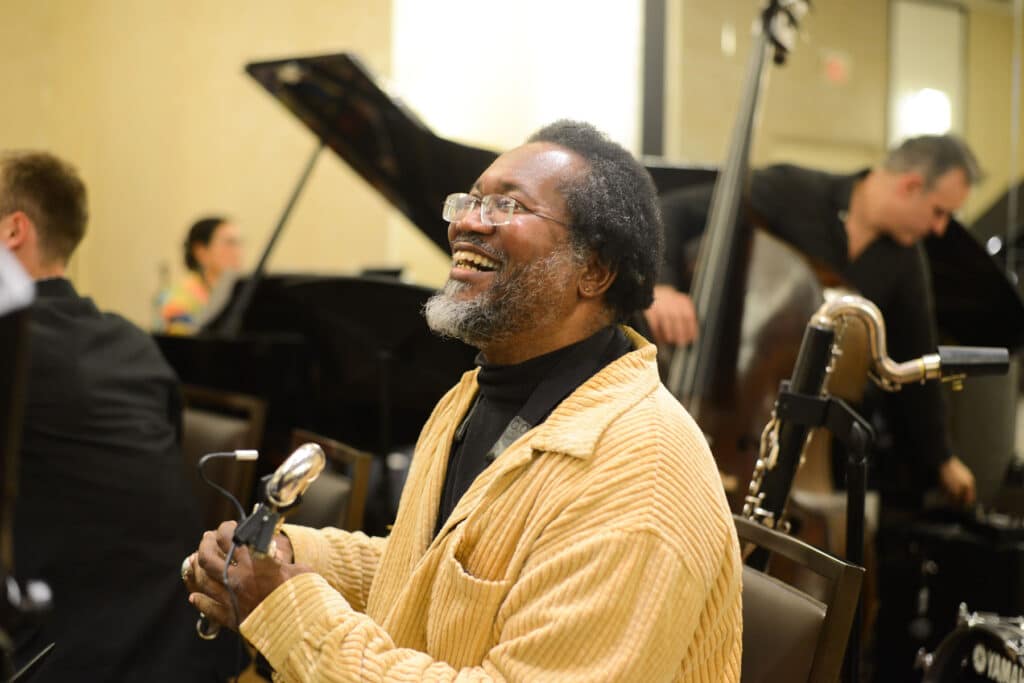 Salim Washington / photo: CMA
Salim Washington / photo: CMA
CMA defines chamber music as music composed for small ensembles, with one musician per part, generally performed without a conductor. “Chamber music” once referred only to Western classical music for small ensembles, such as string quartets. But today chamber music encompasses myriad forms, including contemporary and traditional jazz, classical, and folkloric genres. CMA’s work is predicated on the belief that these genres have more in common than they differ, and that each represents an equally valuable contribution to American culture.
In 2017, CMA ratified its Commitment to Diversity, Equity, and Inclusion. Through its programs, advocacy, publications, and other services, the organization hopes to recognize and address historic imbalances in the field.

